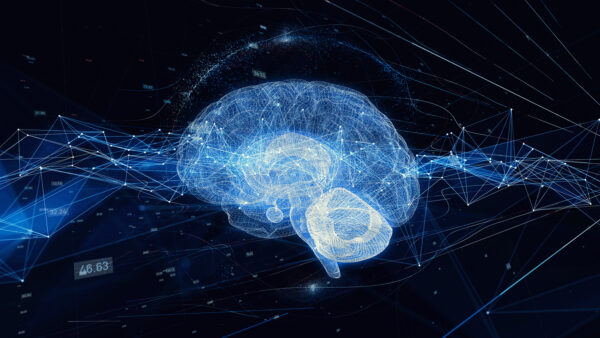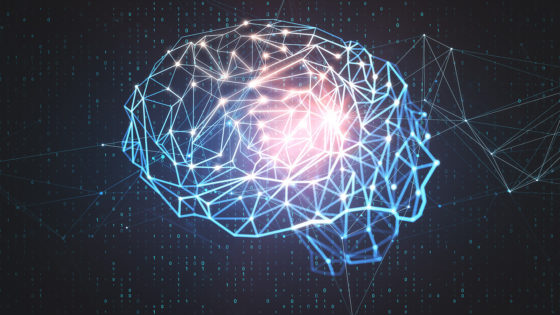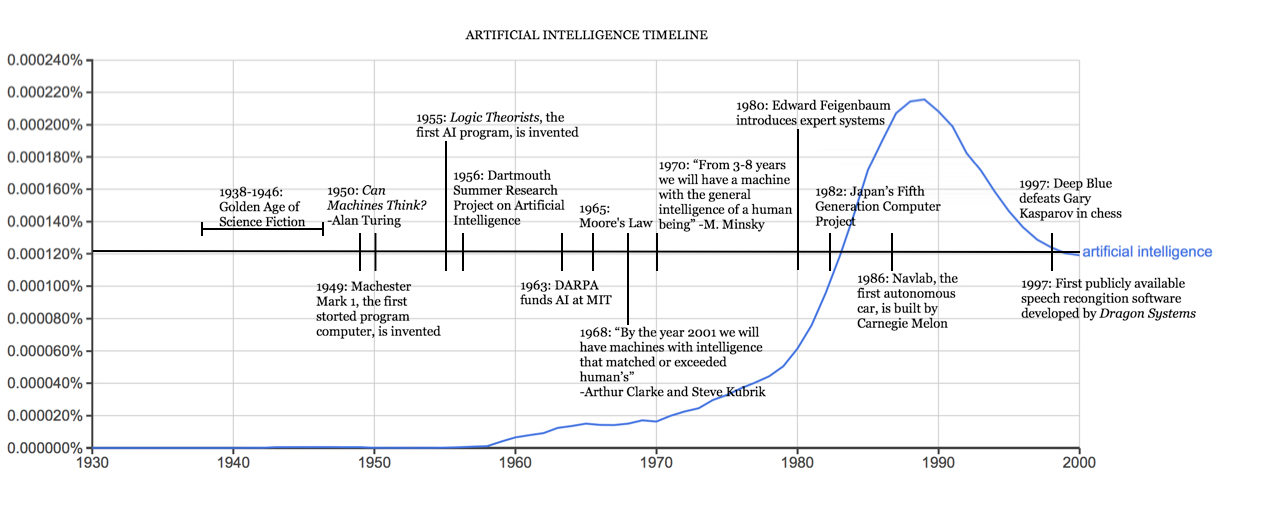
My path to becoming a machine learning engineer has been long and somewhat indirect. I’d like to share my story, in the hope that my journey might be helpful to others who are considering a career in natural language processing (NLP) and artificial intelligence.
It all started with computer science
I describe my profession as the perfect balance between a love for language exchange and the disruptive A.I. technology that is already changing our daily lives — I love it. But let’s rewind to how it all started. It’s not exactly what I set out to do!
My path in technology started in Cuba at the Central University of Las Villas, where I studied to become a computer scientist. It was there that a key event took place that started my long journey: I discovered Alan Turing, John McCarthy, Frank Rosenblatt and Herbert A. Simon, just to name a few. These brilliant researchers made me fall in love with disruptive technology.
Discovering a passion for disruptive technology
Once I began to explore A.I., I was surprised at how long the idea has been around. The first mention of A.I. can be found in the ancient Greek myths of Hephaestus and Pygmalion, which incorporate the idea of intelligent robots. Skipping forward a few thousand years, I discovered Charles Babbage and Ada Lovelace, who together created the first machine capable of performing certain calculations. Can you imagine that they built a functional computer in the 19th century? It’s just breathtaking!
Later, I learned how Alan Turing, a founding father of A.I., published his seminal paper, “Computing Machinery and Intelligence,” in 1950. In it, he introduced what would later become known as the Turing Test as a way of operationalizing a test of intelligent behavior in machines.
Let’s pause for a moment and think about what life was like in 1950. What must it have been like for Turing to ask the question, “Can machines think?” Turing was so far ahead of his own time!
I next examined the work of John McCarthy, who coined the term artificial intelligence and invented the Lisp programming language. In the image below, you can follow the list of amazing discoveries that captivate me to this day.
Studies in intelligent systems
After finishing my undergraduate degree in computer science, I enrolled in a master’s degree program at Jaume I University in Spain to study intelligent systems, where A.I. was the main focus. There, I studied how to create fully automated agents that became real robots with the intervention of computer vision, machine learning, multimodal interfaces and advanced interaction. We worked on the countless features that can be added, from interactive speaking robots and chatbots to robots that can interact with their environments. It was a great learning experience, and I chose to stay for another year as a research assistant for the “Temporal Knowledge Based” group focusing on NLP and linked data.
During that year, I learned a lot from my amazing professors, including Dr. Rafael Berlanga, who has been a great influence on my career path, and Dr. Ismael Sanz. They are both excellent researchers in their areas, and they opened my eyes to the possibilities in natural language processing and machine learning.
The internship year was gone in the blink of an eye. But, I had discovered new areas of interest in machine translation: Google’s disruptive NLP technology, BERT, sentiment analysis, social media listening on Twitter and research into social media communities and behaviors over time. There are many topics that I could go on about forever. All in all, my internship was an impactful and worthwhile time for my professional development.
Specializing in machine learning and data science
After I finished my research assistantship, I moved to Valencia, Spain, to start a job with an NLP and translations company. I also started a new master’s degree program, this time in machine learning and data science. At the time, earning a doctoral degree was not the right choice for me, because I became a bit impatient with working on the same topic for more than one year. But, working in a business, getting used to the constant production deadlines, and spending another year going deeper into A.I. seemed like a logical step forward. My goal was to be able to call myself a machine learning engineer, and this really was the right way to do it.
I started having daily conversations about neural networks, time series, Big Data, neural machine translation and classification algorithms and sentiment analysis. I looked for any other NLP or ML tasks that could be a topic in my studies or lead to a business idea that might result in revenue for the company.
It has been mind blowing to see how much I have been able to be involved in and learn from every stage of the projects I work on. I have gone from machine learning development to gaining experience in all kinds of different areas, like back-end and front-end development and data engineering. I have been able to apply so much from my master’s degrees in the real world, and I am learning a lot in return.
A lifelong fascination with A.I. and machine learning
What started out as a degree in computer science turned into a lifelong fascination with A.I. and machine learning (and led to two graduate degrees). In short, though my path wasn’t exactly direct, each of these experiences led me to where I am today — working as a machine learning engineer.
Insights for global growth






Power your strategic growth
Go beyond tactical localization with tailored, strategic solutions that resonate locally and drive growth globally.
Get started
